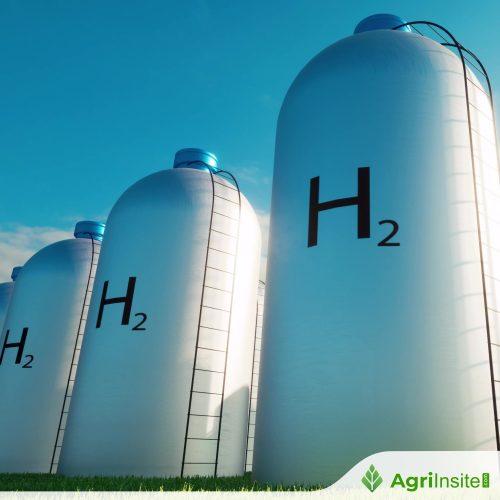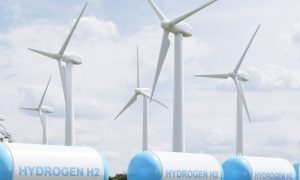Tamil Nadu to see additional electricity demand on account of green hydrogen production

Tamil Nadu is expected to see an additional electricity demand of 7,000 MW due to green hydrogen and ammonia production, part of an overall projected demand of 10,500 MW by 2026-27. This demand is mainly during solar generation hours, with manufacturers planning to optimize production schedules accordingly. The MNRE is also reviewing long-term projections, which could rise to 70,500 MW by 2031-32. A phased transmission system will support power supply to various manufacturing hubs across the country.
Tamil Nadu is projected to experience an additional electricity demand of 7,000 MW due to the production of green hydrogen and green ammonia, according to the National Electricity Plan-Transmission released by the Central Electricity Authority under the Union Ministry of Power, reported The Hindu.
Information provided by the Union Ministry of New and Renewable Energy (MNRE) indicates that green hydrogen and green ammonia manufacturing is planned in coastal regions, including Odisha, West Bengal, Gujarat, Andhra Pradesh, Tamil Nadu (Tuticorin), and Karnataka.
Initial estimates suggest that the overall electricity demand from green hydrogen and green ammonia production is expected to reach approximately 10,500 MW by 2026-27, with Tamil Nadu accounting for 1,500 MW of that total.
The MNRE is currently re-evaluating the electricity demand associated with green hydrogen and green ammonia production for the year 2026-27, as noted in the report.
A transmission system has been proposed to deliver power to the green hydrogen and green ammonia manufacturing hubs in Odisha, Gujarat, Andhra Pradesh, and Tamil Nadu during the initial phase to meet the anticipated electricity demand of 10,500 MW by 2026-27.
Looking ahead, initial estimates indicate that the electricity demand resulting from green hydrogen and green ammonia production could reach about 70,500 MW by 2031-32. The MNRE is also reassessing this future demand.
The electricity demand for green hydrogen and ammonia production is expected to peak during solar generation hours. Some manufacturers have expressed intentions to produce green hydrogen and green ammonia solely during these hours, while producing only green ammonia during non-solar hours. This approach is expected to lead to a significant reduction in electricity demand during those non-solar periods.
Certain manufacturers have indicated plans to secure power from solar, wind, and storage sources to operate continuously. They anticipate that electricity demand will be highest during solar and wind generation periods. Consequently, the demand for green hydrogen and ammonia production is projected to account for about 45% during evening peak hours and 55% during night off-peak hours, compared to the afternoon solar generation period.
While the MNRE is reassessing electricity demand projections for green hydrogen and green ammonia production by 2031-32, a transmission system has already been planned to supply power to all relevant production hubs.
The implementation of this transmission system will occur in phases, aligned with the development of green hydrogen and green ammonia manufacturing facilities.
Some manufacturers have indicated an electricity demand ranging from 1 to 5 MW, primarily at inland locations. Power supply to these production sites will be extended from the existing network, depending on the connectivity requested by the developers, according to the report.
Source Link : https://bioenergytimes.com/tamil-nadu-to-see-additional-electricity-demand-on-account-of-green-hydrogen-production/

















